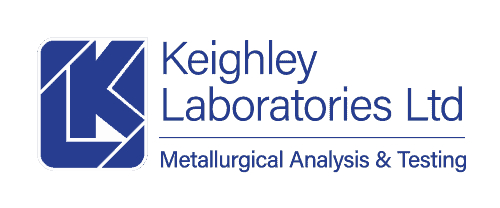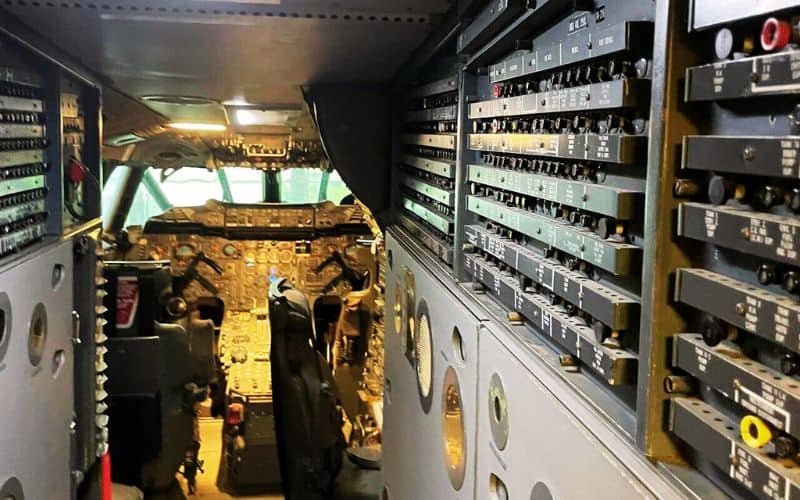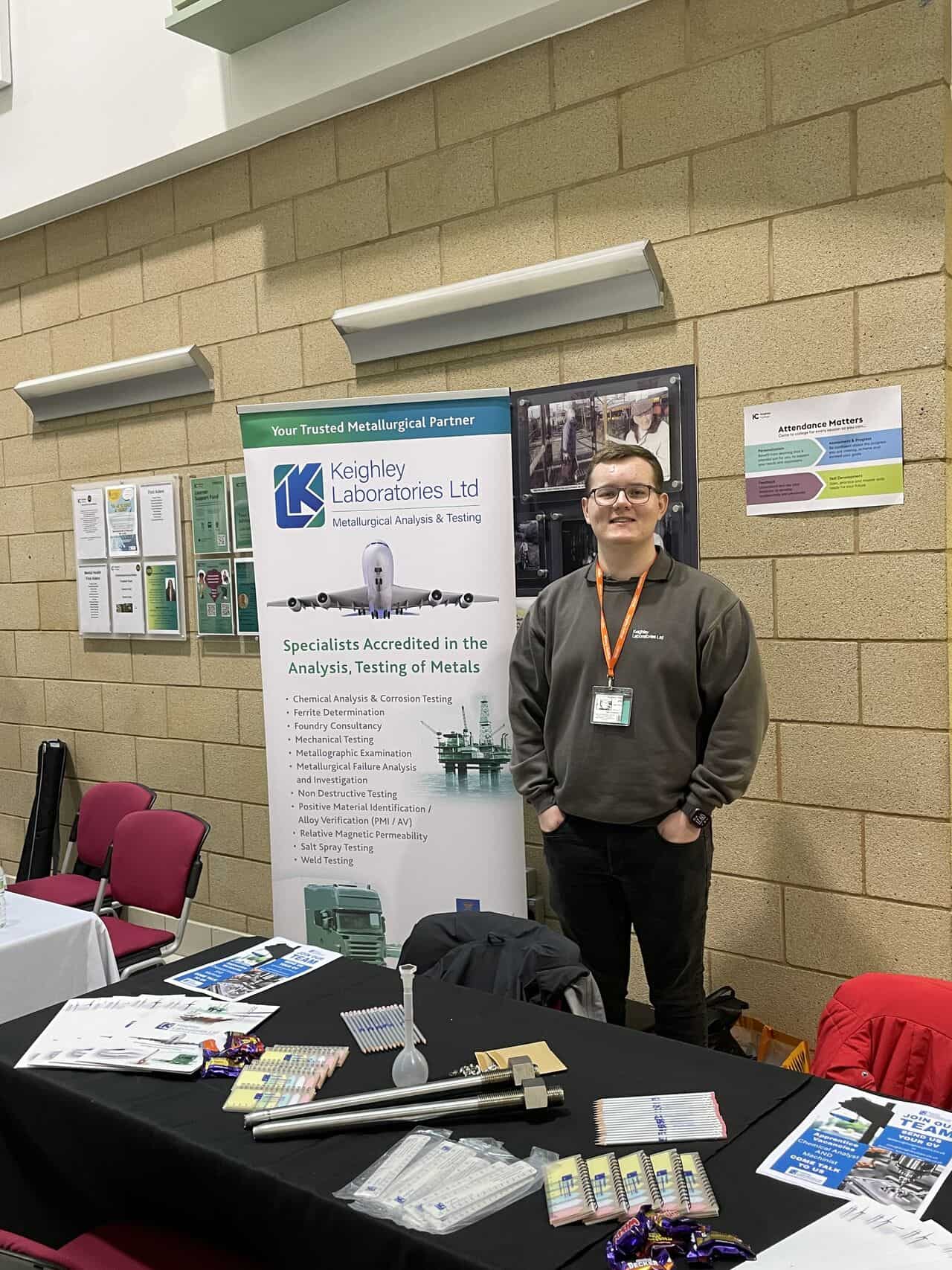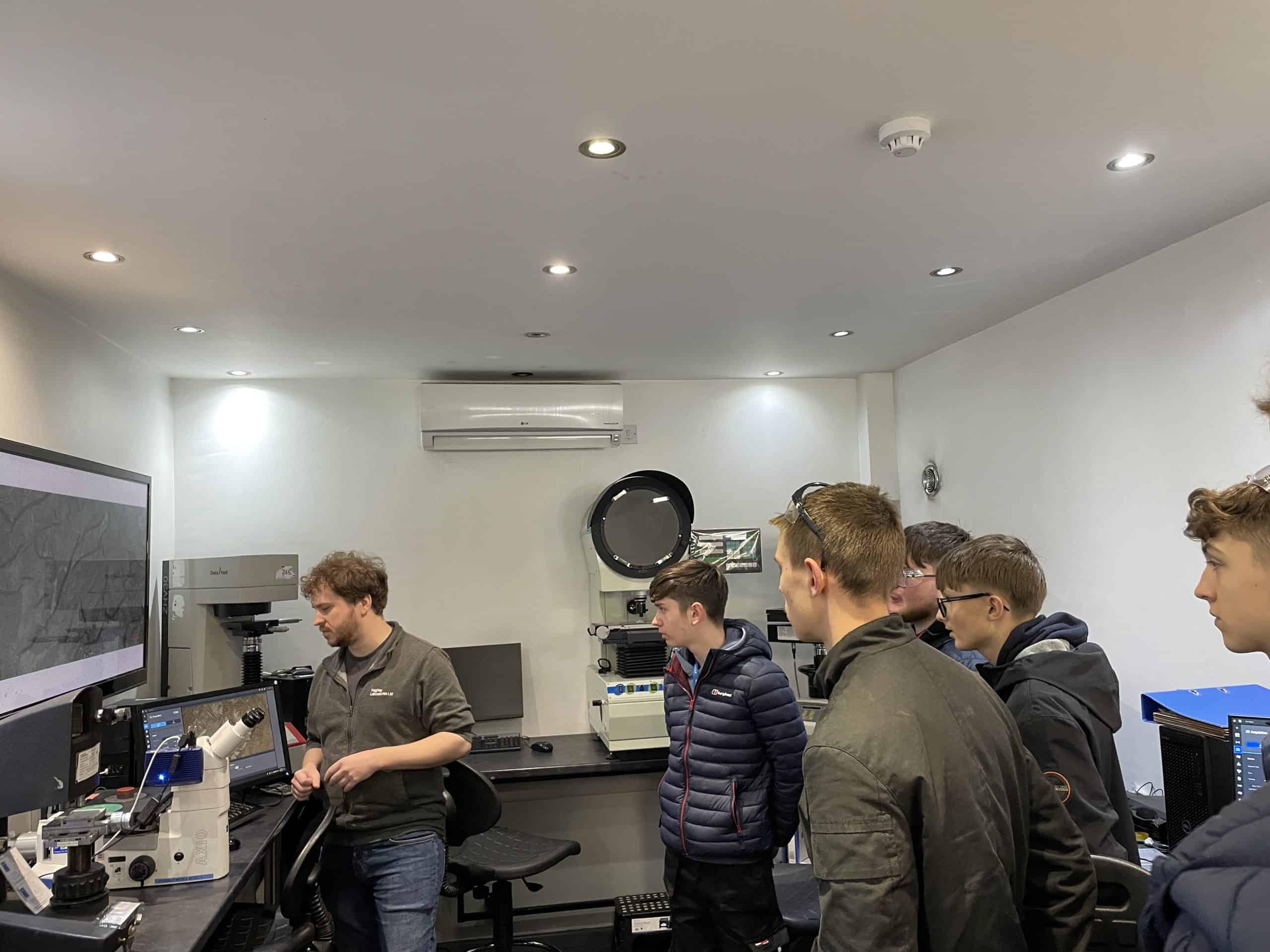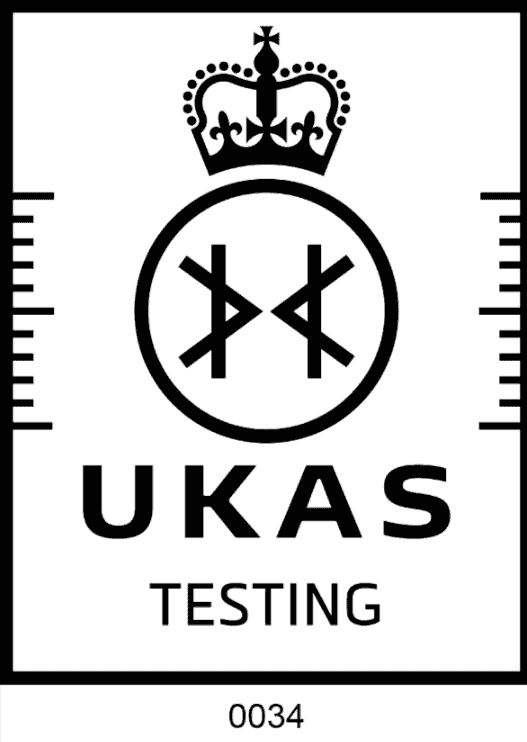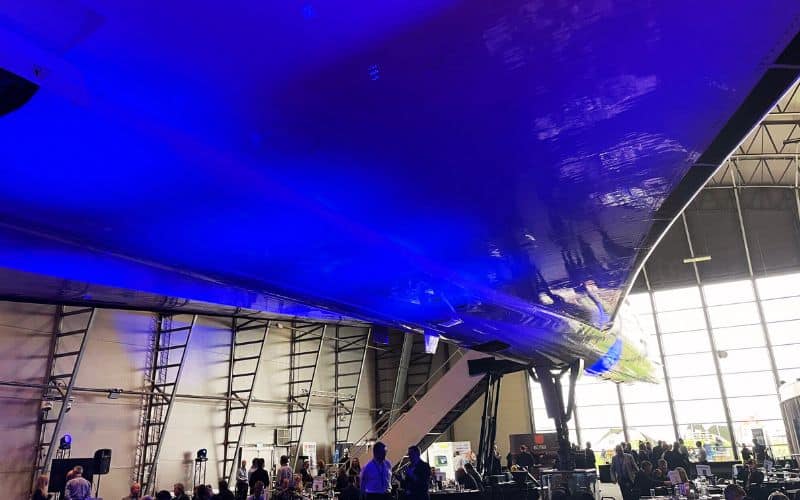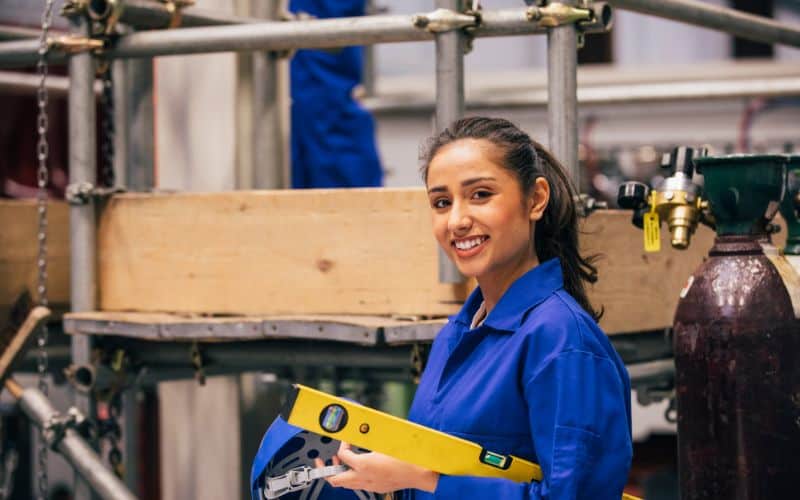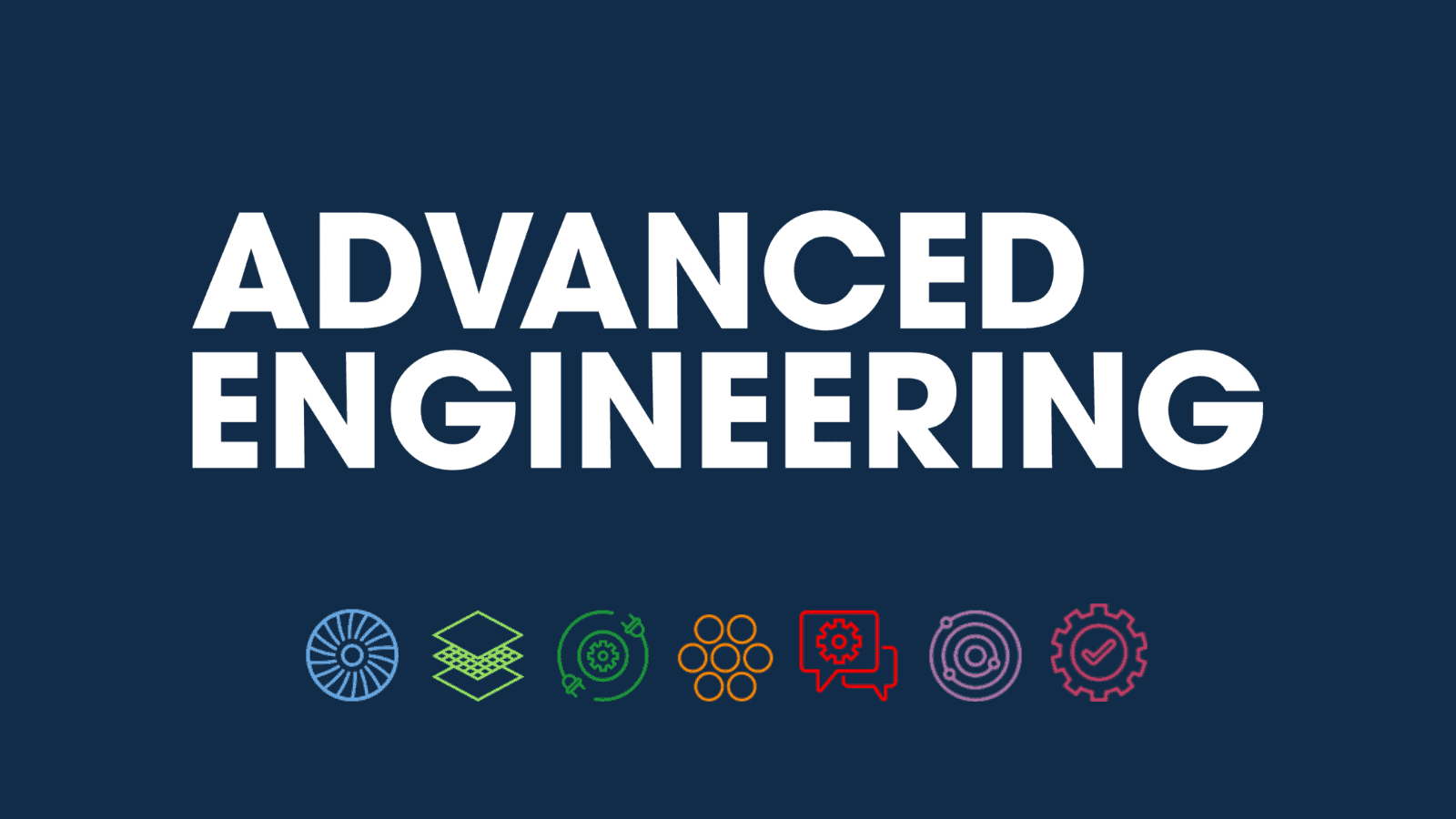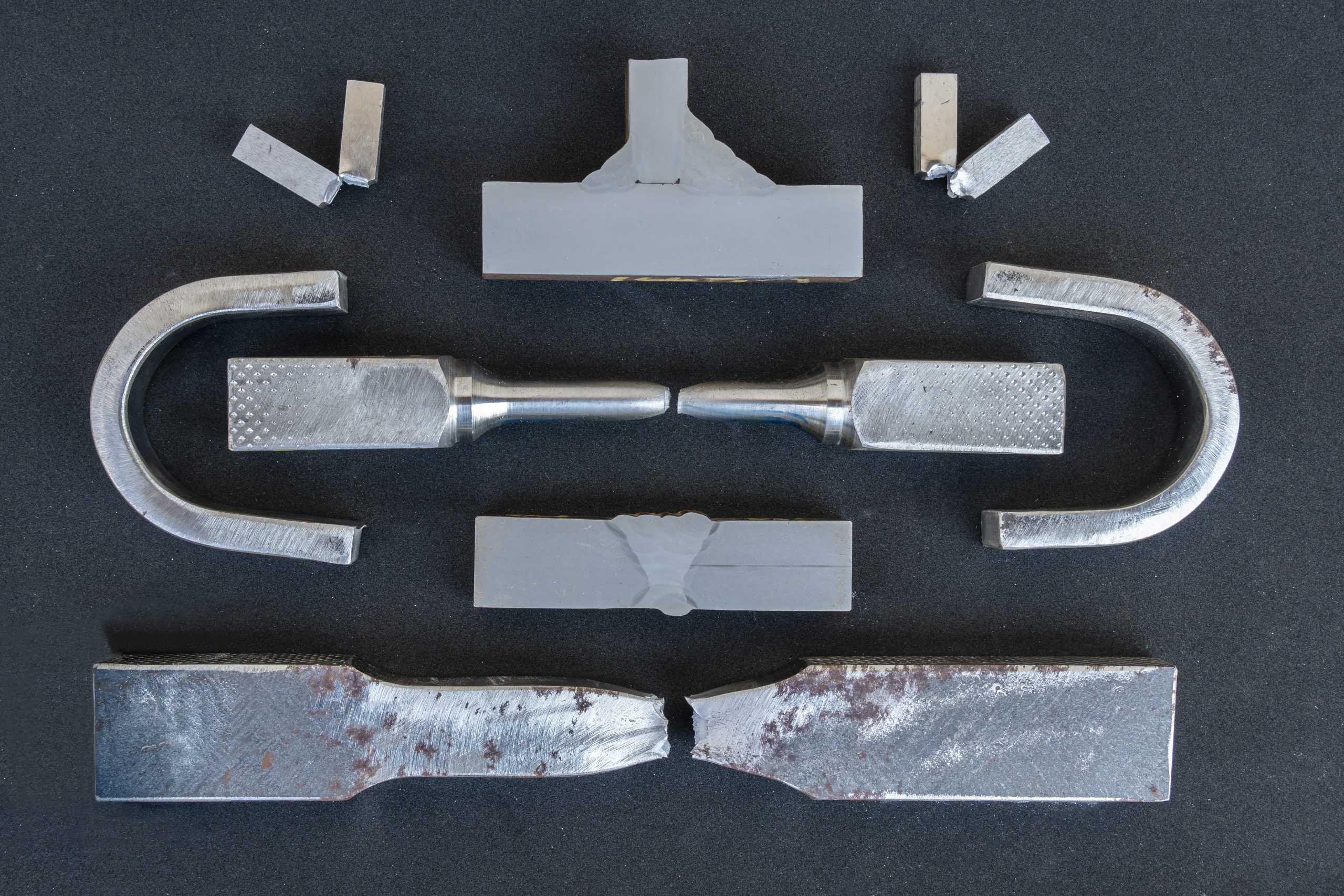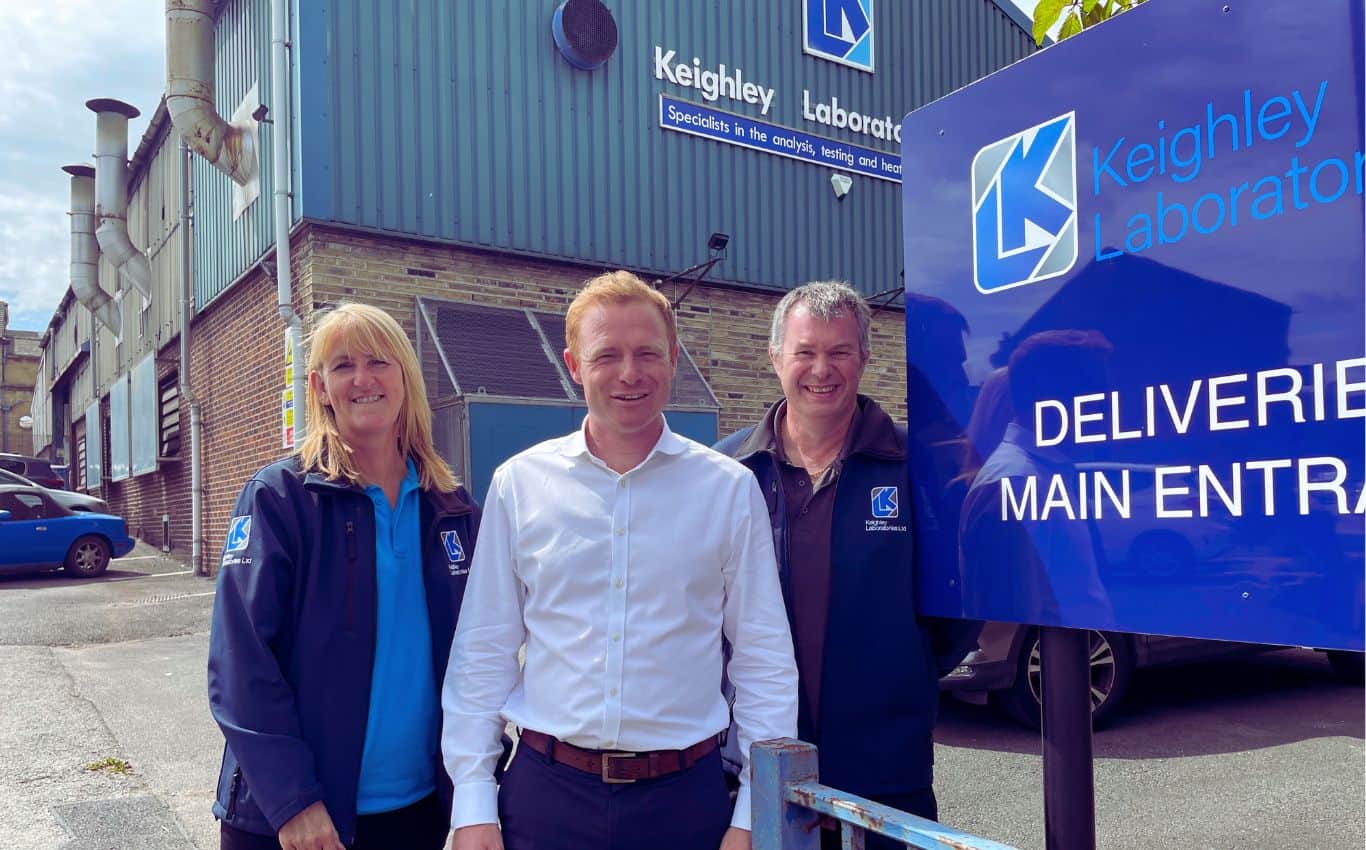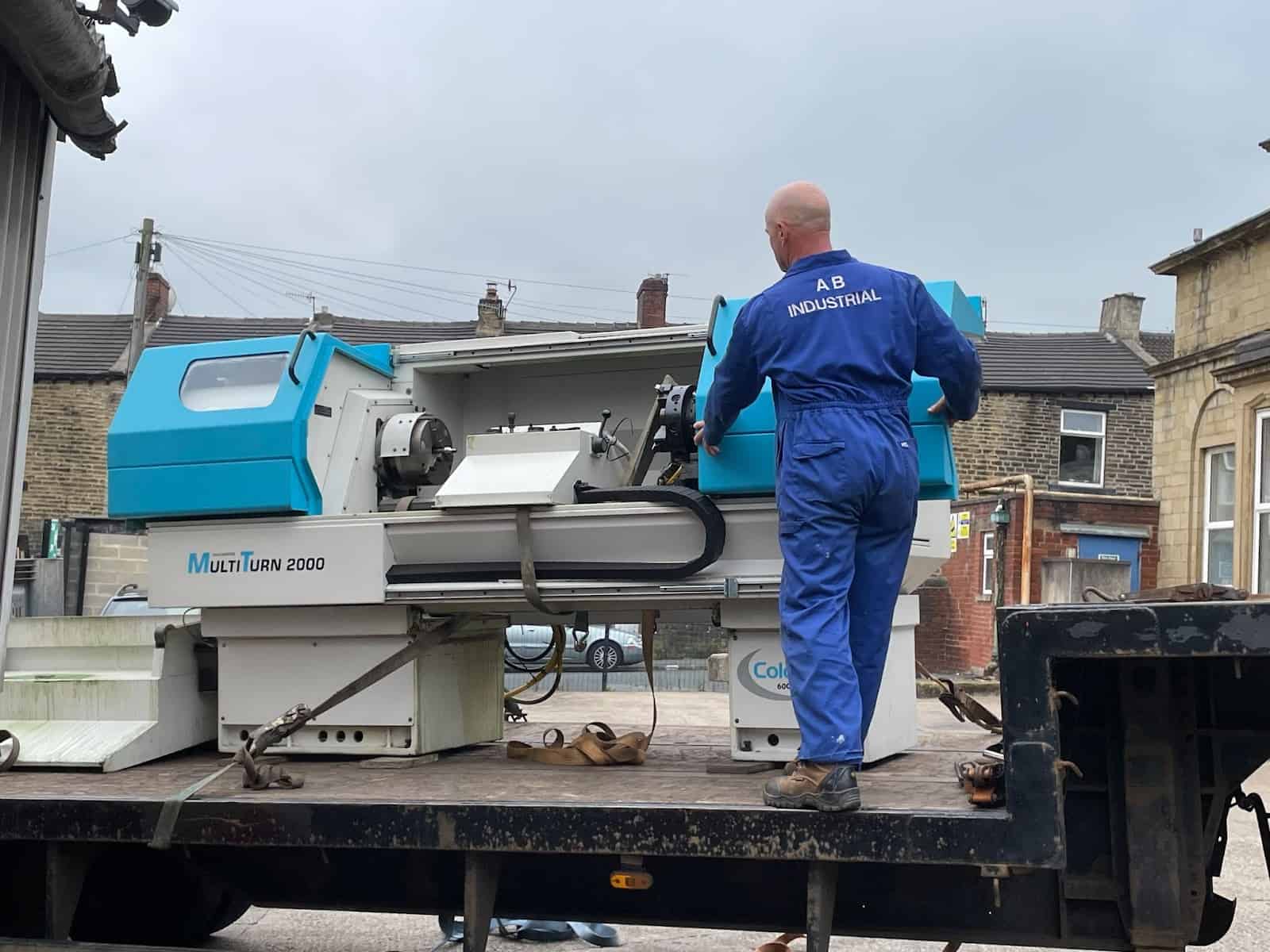A Less Captive Market
Debbie Mellor, MD at Keighley Laboratories looks at the heat treat industry on the other side of the Atlantic.
Gord Montgomery asked me to provide some comments and figures about the UK heat treatment industry, from this side of the pond. Which is fine, except that heat treatment tends to be included within our surface engineering industry in many research and strategic reviews, so the perspective has to be largely personal and the statistics somewhat open to debate. As the only female MD in the heat treat sector, I suppose I do have a unique viewpoint, but with 26 years in the industry and as a committee member of the UK’s leading trade body, the Contract Heat Treatment Association (CHTA), I have a pretty good idea of what’s happening throughout the industry, what technologies are mainstream, what difficulties we are facing and what are the future prospects for the UK industry.
First off, looking at a recent presentation by the president of the US-based International Federation of Heat Treatment & Surface Engineering, I guess we share much the same concerns and issues, notably quality control, energy costs, environmental emissions, process modelling and competition from overseas. A recent SWOT analysis of the UK industry suggests that one of our key threats comes from increasing environmental regulations and carbon reduction commitments, with progressively demanding mandatory standards forcing up the cost of compliance, which are far more onerous than in the developing countries.
Other industry threats are identified as direct competition from low cost economies in the Far East, which is particularly eroding the high volume, low value, low technology sections of the market, and the progressive outsourcing or offshoring of the complete supply chain, with additional heat treatment processes likely to be carried out locally. Presumably, much the same applies in America, although with a far higher proportion of captive heat treaters linked to major manufacturing plants, the risk of offshoring heat treatment mainly comes about when the whole production process migrates overseas.
With technologies now more or less global and the latest computer-controlled equipment available across the world, providing you can come up with the necessary capital investment, the Captive v Commercial split is really the key difference between the UK and US heat treat markets. As I understand it, the captive or in-house sector accounts for approximately 90% of the US market and the commercial only 10%, with the latter enjoying only relatively slow growth as captive industries downsize.
In the UK, although accurate figures are hard to come by, I would guesstimate that the split was around 50/50, with commercial or contract heat treaters taking an increasing share of the market, while captives are declining and manufacturers with large in-house furnaces are either unable or unwilling to take on sub-contract work. As heat treat technologies become more sophisticated and in-house staffing, training and investment costs escalate, more and more UK manufacturers are looking to contract out this non-core function to a well-defined and relatively homogenous commercial sector, where there is a wealth of expertise and metallurgical knowledge.
The fact that there are far more captive heat treaters in America is largely down to geography, I imagine. Engineering companies in the States would have to ship their blanks and components vast distances for heat treating, adding time and transport costs to the outsourcing equation; whereas here, virtually anywhere is accessible within a day, which means that commercials can be competitive on price and turnaround times.
Huge differences in the domestic manufacturing infrastructure also account for market variations. In the US, the presence of large automotive, aerospace, commercial vehicle, driveline and transmission plants can still justify some of the largest captive heat treatment facilities in the world, equipped with huge reverbatory and IQ furnaces. In Britain, once a nation with a proud manufacturing heritage, heavy engineering has slipped down the government agenda and gone into something of a decline, leading inevitably to a dearth of in-house heat treat facilities. Consider that most companies in the UK Surface Engineering Association and the related CHTA employ less than 1000 people, and you can appreciate the differences in scale.
It also explains why technologies like austempering are not as mainstream in the UK. Big truck builders and heavy construction plant manufacturers in the States create a market for austempering gears, springs and stampings, yet here there is not the same level of demand, nor indeed the budgets. The top UK heat treat technologies are standard hardening, tempering, carburising, induction hardening and annealing processes, with nitriding now making a bigger impact and more modern techniques like nitrocarburising, vacuum carburising and, yes, austempering gaining market share. Amongst contract heat treaters in this country, our mainstream business tends to be high quality, high technology, relatively low volume orders, which increasingly relates to finished components rather than blanks, with the very high volume orders migrating to the Far East.
Yet, with sharp increases in shipping costs and wages now rising steeply in China and across the Far East, I can foresee HT business coming back to the UK, especially as improved product quality and preventing critical component failures become increasingly important management issues. Moreover, after the recent natural disasters in Japan took a severe toll on manufacturing capacity, at least one auto industry expert suggests that car makers may now build back-up component parts in Europe’s rather more benign geological conditions, raising hopes that the UK may be able to rebuild its supply base, with obvious gains for contract heat treaters.
Whatever the immediate future holds, one major industry concern over here is the lack of properly structured technical training throughout the regions. Our trade association is currently addressing the issue of improving accessibility to relevant metallurgical courses, in order to train up a new generation of skilled staff, to replace an ageing population of heat treatment technicians.
Because, make no mistake, heat treating is a significant factor in the competitiveness, capabilities and profitability of our manufacturing industry and, to remain competitive in a global market, we will need to invest in a high calibre workforce. As a recent university review of our industry observed, ‘surface engineering provides one of the most important means of engineering product differentiation in terms of quality, performance and life-cost, so its importance to the country’s industrial and financial wellbeing is beyond question’. And I guess that holds true on both sides of the Atlantic.
